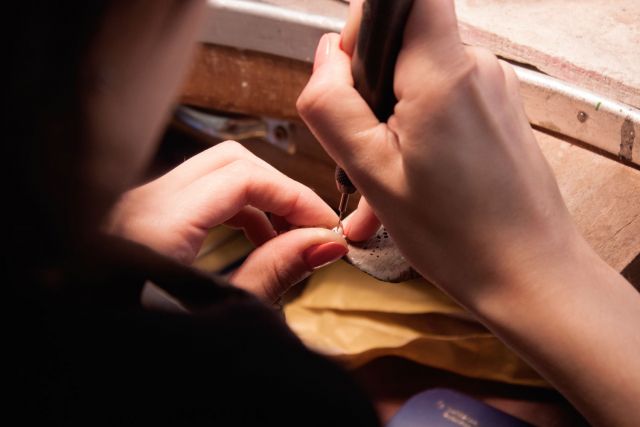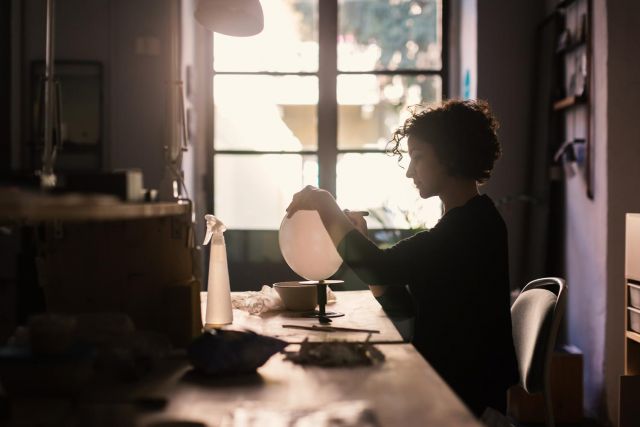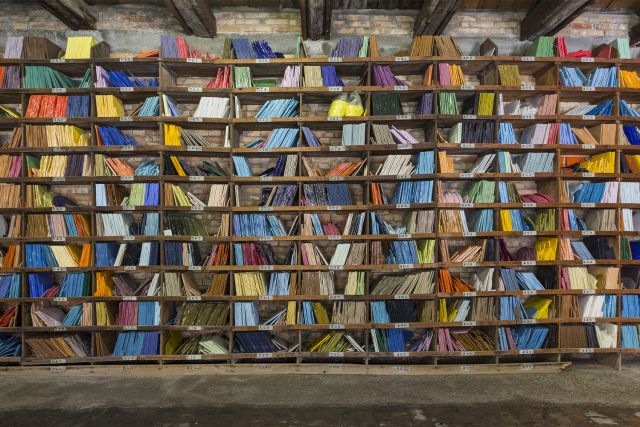This is a one-of-a-kind sculpture, made of glazed terracotta and decorated with ceramic decals representing loaves and fish of Gospel inspiration. Donated by Faenza Municipality to Pope Wojtyla, the artwork is now part of the Musei Vaticani collection.
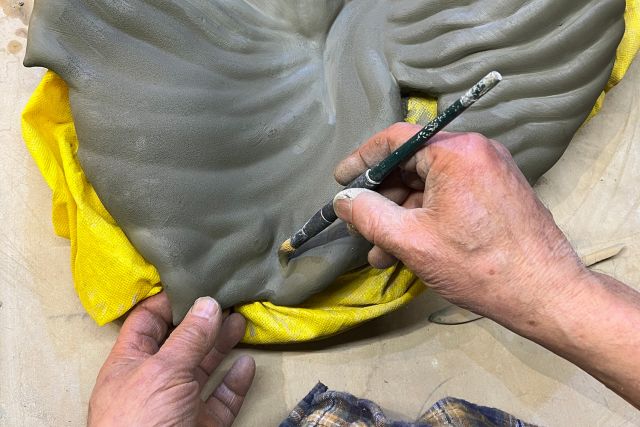
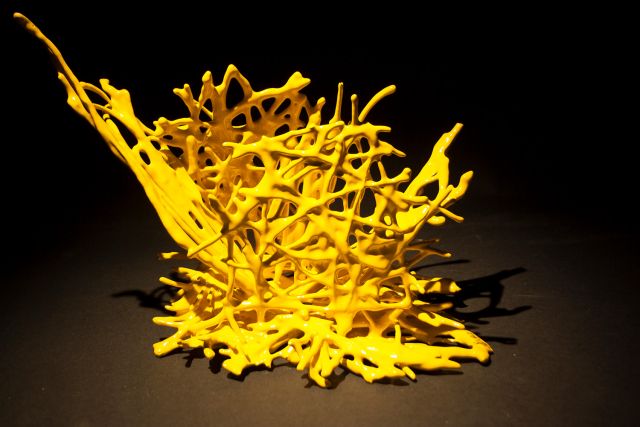
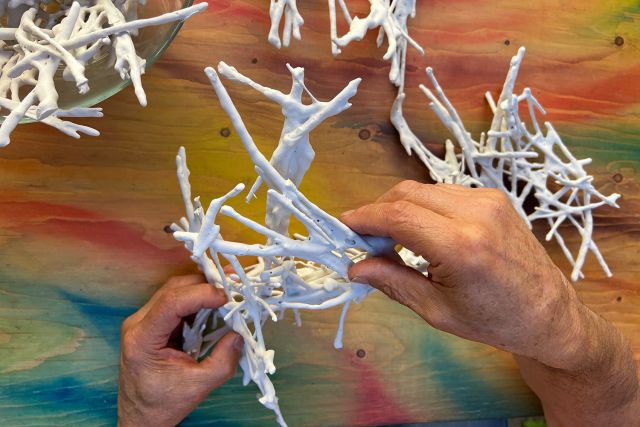
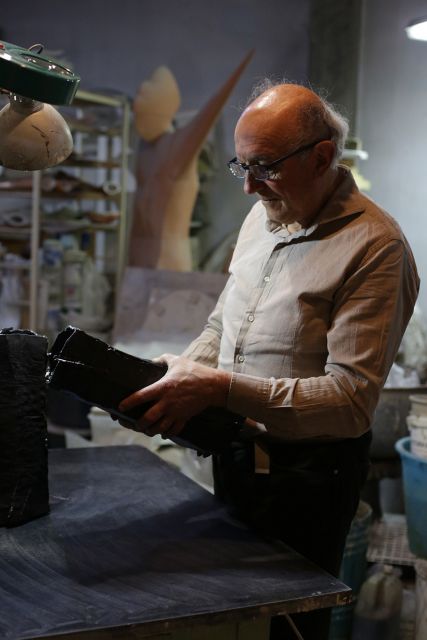
Giovanni Cimatti
- Ceramicist
- Faenza, Italy
- Master Artisan
By appointment only
+39 3296893118
The tireless experimenter
- • Giovanni loves to experiment with different ceramic techniques
- • He created his own versions of Korean sangam and Japanese raku techniques
- • All of his art pieces are one-of a-kind
There is a story Giovanni Cimatti likes to tell about his vocation as a ceramicist. In 1948, while his mother was pregnant with him, she worked for a few months in the oldest ceramic workshop in Faenza, the famous Bottega Gatti. So, Giovanni has always imagined himself in her womb, listening to the noises and voices of the place, and falling in love with the ancient craft of his hometown. Indeed, his creativity manifested in early childhood. He attended art school and became a ceramic art teacher, first in Siena and then back in Faenza. All along, he worked on his art pieces in his spare time, often by night. But since he retired in 2001, artistic ceramics have become his full-time job. Giovanni's production is extensive and includes small objects as well as huge sculptures, all one-of-a-kind and handmade with lots of different techniques.
Read the full interviewWorks
Photo: ©Giovanni Cimatti

Photo: ©Giovanni Cimatti
This is a one-of-a-kind sculpture made of glazed stoneware with the paper clay technique. Giovanni Cimatti used casts of real horseradish leaves (kren) to make it..

Photo: ©Giovanni Cimatti
This one-of-a-kind sculpture is made with orange engobed terracotta. Both the coral hue and the irregular shape are typical of terra sigillata, an ancient technique that was born in the Middle East and then became popular in the area surrounding Arezzo around the 1st century B.C.

Photo: ©Giovanni Cimatti
Pallino is a one-of-a-kind stoneware sculpture representing Astorre, an imaginary bird that is half-goshawk, half-heron. The material is treated with engobe, a coating of slip applied to the clay for decoration, before glazing.

Photo: ©Giovanni Cimatti
This is a one-of-a-kind sculpture, shaped like an ancient cup and made with combed clay.






